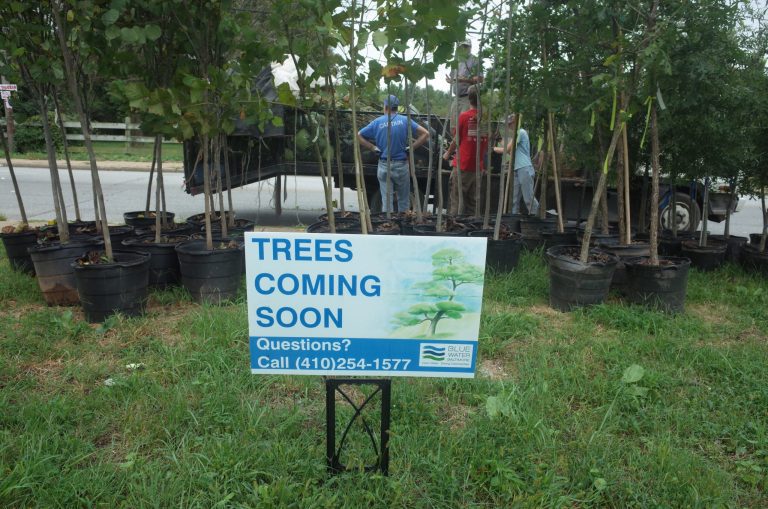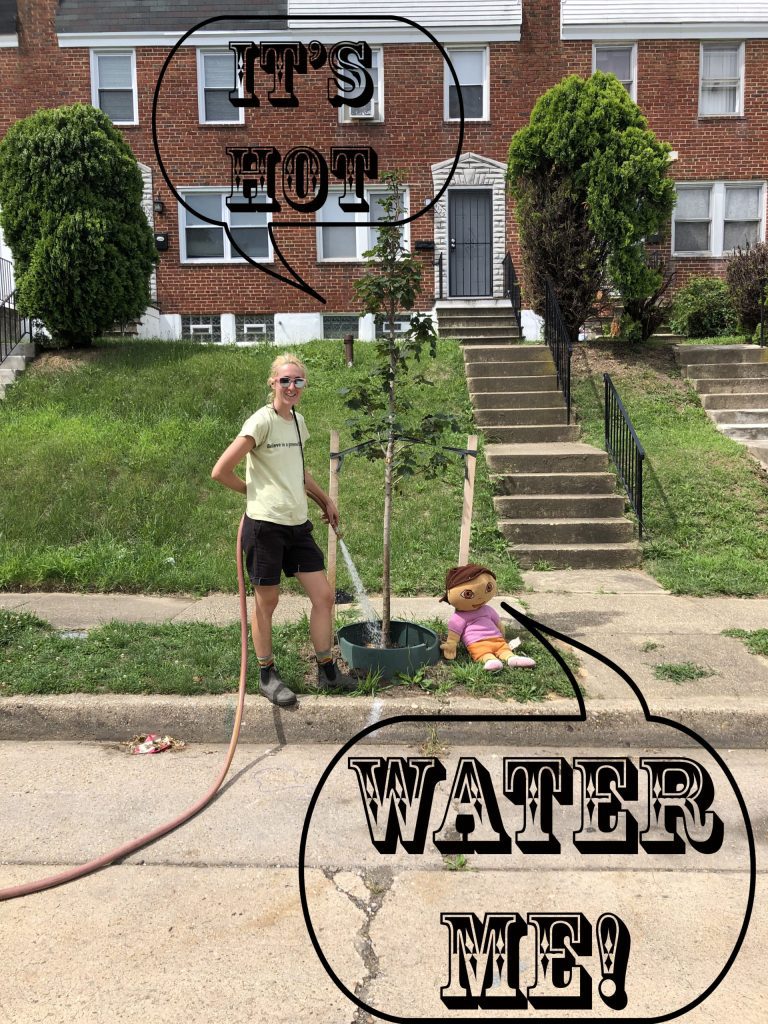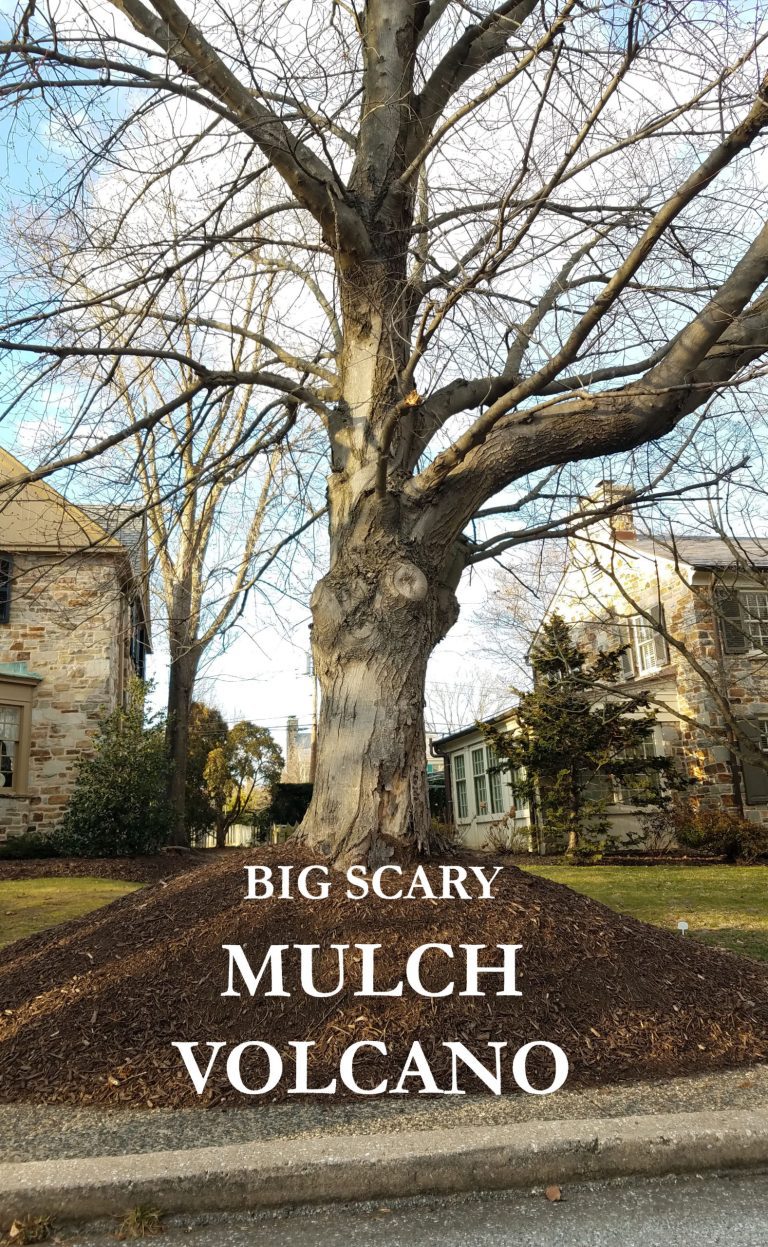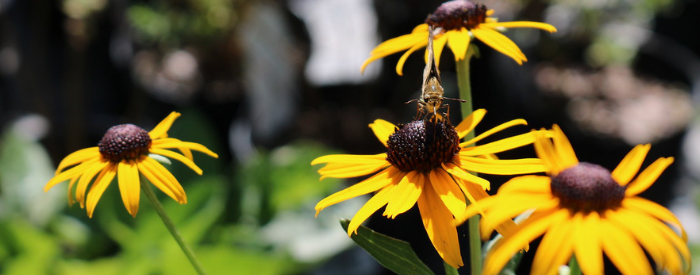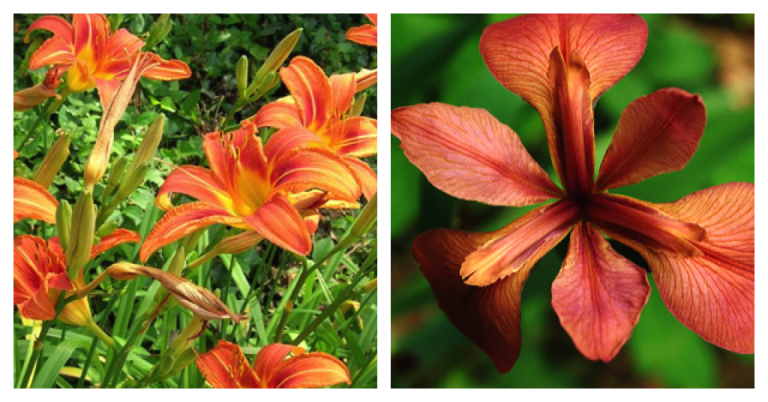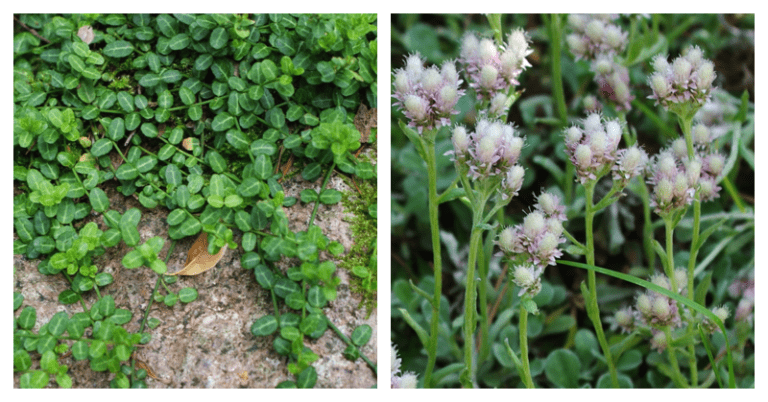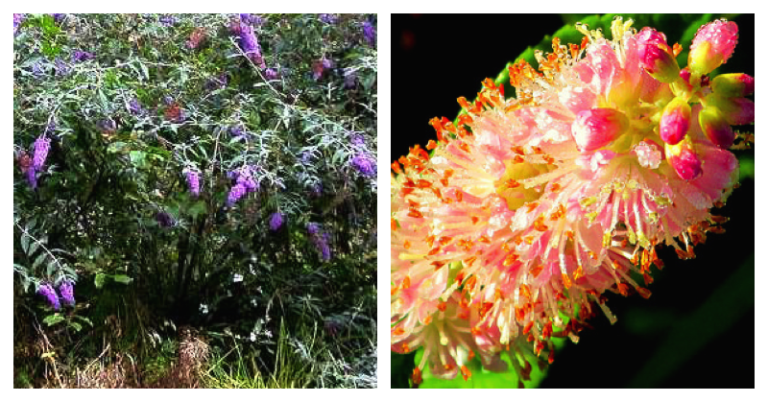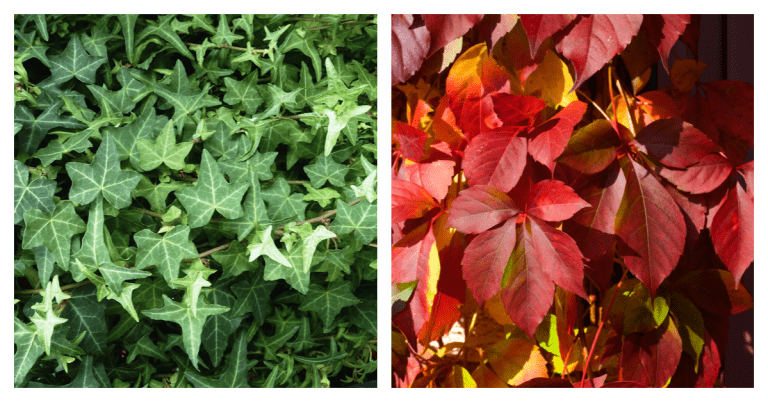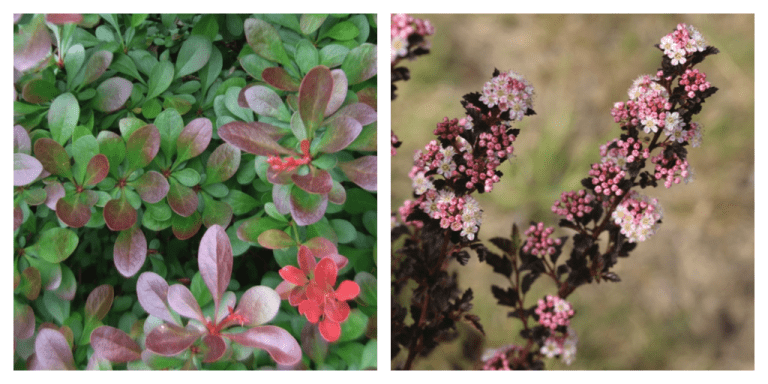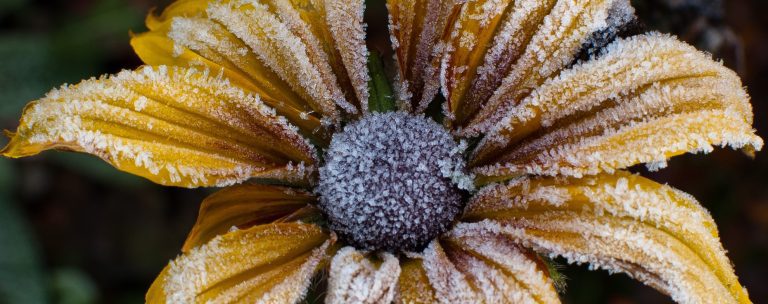How to Plant a Tree with Blue Water Baltimore
Thank you for volunteering to plant trees with us! We are so excited to create a cleaner, greener Baltimore together. In an effort to reduce in-person gatherings and limit demonstrations, please carefully read these how-to-plant tips before attending our events. The most important steps are highlighted in bold. We ask that you read the whole…

